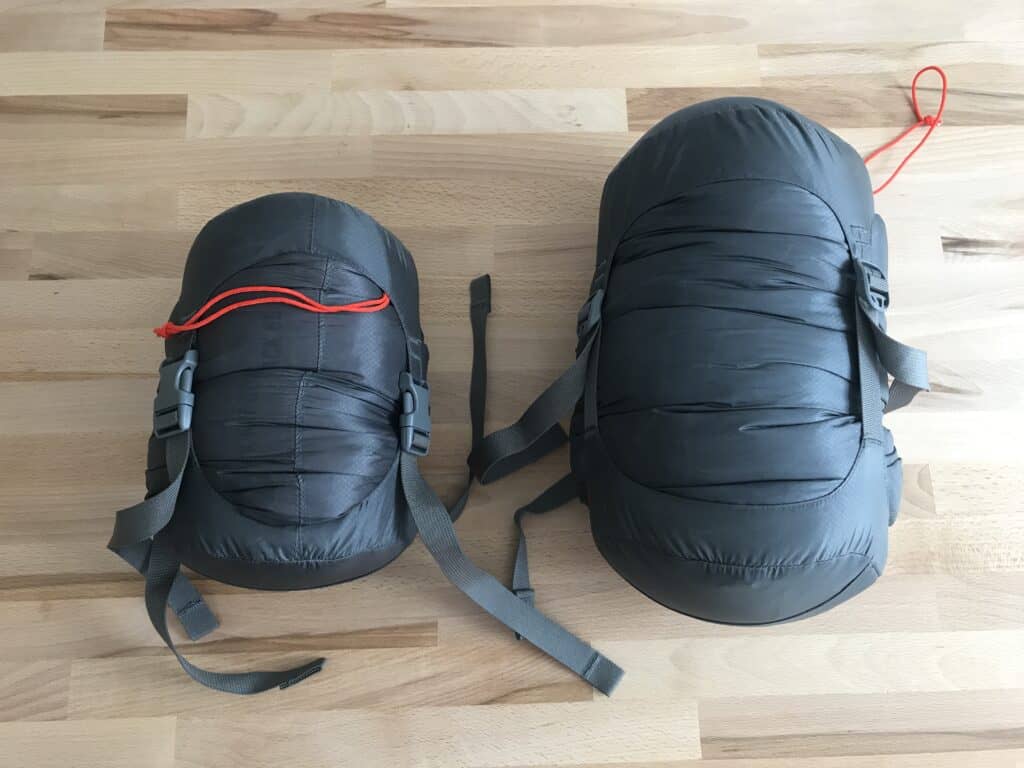Reading prerequisite: This post won’t make a whole lot of sense to you unless you’ve read this starting post about weight considerations for backpacking with camera gear.
As I’ve mentioned before, I’m going to briefly touch on all of the ways I managed to cut down on the weight I carry with me while backpacking and overnight camping for photography missions. Some of these things might be obvious to you, and some may be new. Until I embarked on this little project I hadn’t considered these things in detail before, nor appreciated just how much weight can be saved by making just a few changes to your gear.
As I’ve also mentioned in that starter post linked above, I found it easier to imagine weight savings as fractions of my camera gear, because ultimately what I was trying to do was free myself up to carry more gear if I wanted to. You should choose measurements that make sense to you, but for reference, these are numbers I was keeping in mind to help me visualize my progress:
- Canon 24-105 f/4 L IS II: 795g
- Canon 16-35 f/4 L IS: 615 g
- RRS TFC-14 Tripod with Microball head: 1170g
- Canon 5D Mark IV: 1505g
- Canon LP-E6N battery: 79g
Moving From a Sleeping Bag to a Quilt
Having made considerable weight savings with a lighter tent, the next most obvious item to address was my sleeping bag. My regular 3-season bag is a Sierra Designs Zissou Plus 700 which I love, but on spring/summer camping trips it can be a bit overkill, especially if you’re willing to wear a down vest or jacket while you sleep, something which I always have with me in the mountains anyway.
If you’re looking to drop a ton of weight on your sleep system instantly, a quilt is the way to go and many companie are making them these days. I went with the Sierra Designs Backcountry Quilt 30 because I have always found the SD bags to be excellent value. Down sleeping bags can get pricey very quickly, but this quilt was only $220.
With the open back design, the only other consideration for using a quilt is that you must have a good quality sleeping pad as well. Your sleeping bad does a lot of the heavy lifting when it comes to keeping you warm at night, but I already had a 4-season Thermarest so this wasn’t a concern. I knew I wasn’t going to replace the Thermarest for a lighter one because it was already one of the lightest that they make.

My larger Zissou Plus bag weighed 1380g but the Backcountry Quilt weighed only 900g so that’s another easy 480g weight saving, almost exactly the same as I’d saved from making the switch to a lighter tent. Just like the tent, the other huge difference is the volume of the quilt when it’s packed in a compression bag. The photos below illustrate just how dramatic a difference this is, and all of these volume savings were really making my life easier.
The first time I used the quilt I was more than comfortable. I tend to sleep pretty hot anyway, so I was never concerned about it, but I was able to wrap myself up in it enough to prevent cold spots. The fully enclosed foot box and the hoot are awesome! As an added bonus, this thing is so small, that I can pair it with my 3-season Zissou Plus bag to form a great 4-season sleeping solution. The combined weight of the two is very similar to many 4-season down bags, and much lighter than any 4-season synthetic bag out there.
Running Total
As with the weight savings from the tent, I was able to shave off weight that is roughly equivalent to a small/medium DSLR lens so my running total for this little project is now 1617g in weight savings – a full kilogram more than my original target, and more than the weight of a Canon 5D Mark IV. All of this has so far come at a cost that is far less than it would have cost me to buy a mirrorless camera system of a suitable quality for my work. We’re actually talking about something in the region of one third of the cost, so I still had some room to play with if I felt there were any other items that could be cut down.








